VW Caddy VS Land Rover Range Rover – Specs, Efficiency & Price Comparison
Which model is the better choice – the VW Caddy or the Land Rover Range Rover? We compare performance (150 HP vs 615 HP), boot capacity ( vs 818 L), efficiency (0.50 L vs 0.80 L), and of course, the price (27800 £ vs 120200 £).
Find out now which car fits your needs better!
The VW Caddy (High Roof Estate) is powered by a Petrol, Diesel or Plugin Hybrid engine and comes with a Manuel or Automatic transmission. In comparison, the Land Rover Range Rover (Off-Roader) features a Diesel MHEV, Plugin Hybrid or Petrol MHEV engine and a Automatic gearbox.
When it comes to boot capacity, the VW Caddy offers , while the Land Rover Range Rover provides 818 L – depending on what matters most to you. If you’re looking for more power, you’ll need to decide whether the 150 HP of the VW Caddy or the 615 HP of the Land Rover Range Rover suits your needs better.
There are also differences in efficiency: 0.50 L vs 0.80 L. In terms of price, the VW Caddy starts at 27800 £, while the Land Rover Range Rover is available from 120200 £.
Compare all the key specs now and find out which model fits your lifestyle best!
VW Caddy
The VW Nutzfahrzeuge Caddy Hochdach-Kombi is a versatile choice for those seeking extra space and practicality in their everyday vehicle. With its functional high roof and adaptable interior, it easily accommodates both passengers and cargo. The Caddy also stands out with its modern design and features aimed at providing comfort and convenience on the road.
details @ vwpress
@ vwpress
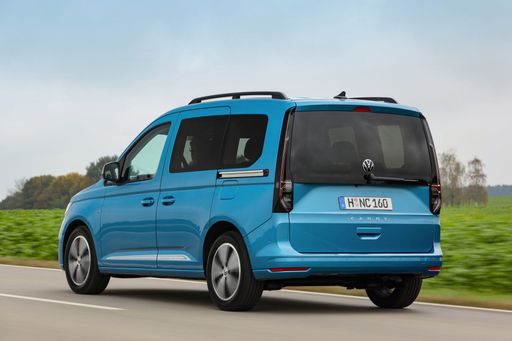 @ vwpress
@ vwpress
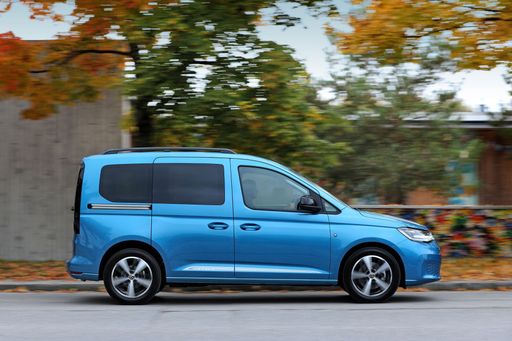 @ vwpress
@ vwpress
 @ vwpress
@ vwpress
Land Rover Range Rover
The Land Rover Range Rover epitomises luxury and capability in the realms of off-road vehicles. Its elegant design seamlessly marries sophistication with ruggedness, making it equally suitable for urban environments and challenging terrains. Inside, passengers are treated to a plush interior with premium materials and cutting-edge technology that ensure a comfortable and connected driving experience.
details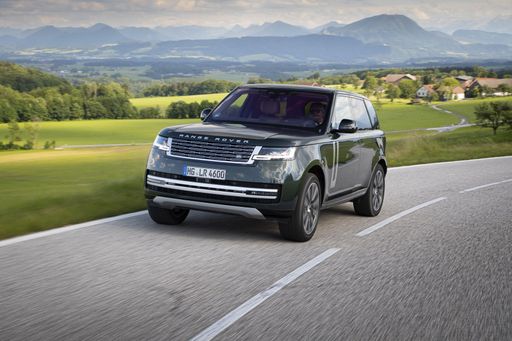 @ media.landrover.com
@ media.landrover.com
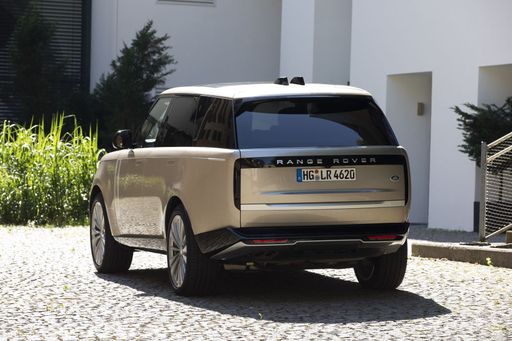 @ media.landrover.com
@ media.landrover.com
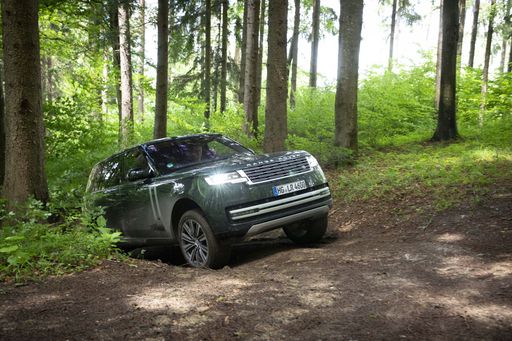 @ media.landrover.com
@ media.landrover.com
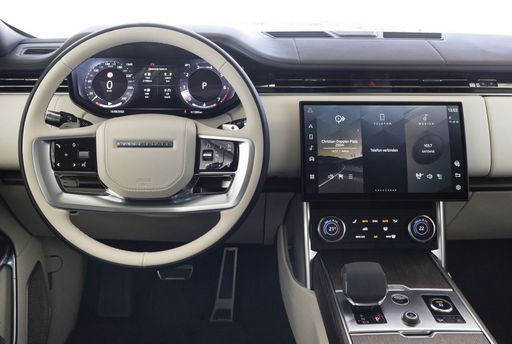 @ media.landrover.com
@ media.landrover.com

|

|
|
|
|
Costs and Consumption |
|
|---|---|
|
Price
27800 - 45900 £
|
Price
120200 - 230000 £
|
|
Consumption L/100km
0.5 - 6.9 L
|
Consumption L/100km
0.8 - 12 L
|
|
Consumption kWh/100km
-
|
Consumption kWh/100km
-
|
|
Electric Range
116 - 121 km
|
Electric Range
109 - 110 km
|
|
Battery Capacity
19.70 kWh
|
Battery Capacity
31.80 kWh
|
|
co2
10 - 165 g/km
|
co2
20 - 271 g/km
|
|
Fuel tank capacity
50 L
|
Fuel tank capacity
71 - 90 L
|
Dimensions and Body |
|
|---|---|
|
Body Type
High Roof Estate
|
Body Type
Off-Roader
|
|
Seats
5 - 7
|
Seats
5 - 7
|
|
Doors
5
|
Doors
5
|
|
Curb weight
1575 - 1998 kg
|
Curb weight
2504 - 2810 kg
|
|
Trunk capacity
-
|
Trunk capacity
212 - 818 L
|
|
Length
4500 - 4853 mm
|
Length
5052 - 5258 mm
|
|
Width
1855 mm
|
Width
2047 mm
|
|
Height
1819 - 1860 mm
|
Height
1870 mm
|
|
Payload
501 - 710 kg
|
Payload
589 - 846 kg
|
Engine and Performance |
|
|---|---|
|
Engine Type
Petrol, Diesel, Plugin Hybrid
|
Engine Type
Diesel MHEV, Plugin Hybrid, Petrol MHEV
|
|
Transmission
Manuel, Automatic
|
Transmission
Automatic
|
|
Transmission Detail
Manual Gearbox, Dual-Clutch Automatic
|
Transmission Detail
Automatic Gearbox
|
|
Drive Type
Front-Wheel Drive, All-Wheel Drive
|
Drive Type
All-Wheel Drive
|
|
Power HP
102 - 150 HP
|
Power HP
300 - 615 HP
|
|
Acceleration 0-100km/h
11.4 - 14 s
|
Acceleration 0-100km/h
4.5 - 6.6 s
|
|
Max Speed
173 - 186 km/h
|
Max Speed
218 - 261 km/h
|
|
Torque
220 - 320 Nm
|
Torque
650 - 800 Nm
|
|
Number of Cylinders
4
|
Number of Cylinders
6 - 8
|
|
Power kW
75 - 110 kW
|
Power kW
221 - 452 kW
|
|
Engine capacity
1498 - 1968 cm3
|
Engine capacity
2997 - 4395 cm3
|
General |
|
|---|---|
|
Model Year
2024
|
Model Year
2024
|
|
CO2 Efficiency Class
E, F, B
|
CO2 Efficiency Class
G, B
|
|
Brand
VW
|
Brand
Land Rover
|
VW Caddy
A Versatile Classic Reimagined: The Volkswagen Caddy
The Volkswagen Caddy has long been celebrated as a versatile workhorse, adeptly bridging the gap between utility and comfort. With its roots tracing back to the 1980s, the Caddy has evolved considerably, transforming from a humble commercial vehicle to a sophisticated multi-purpose van. The latest model continues this tradition by offering innovative features and enhanced technical specifications, reaffirming its status as an indispensable vehicle for both professional and personal use.
Efficient Engines and Environmental Innovation
At the heart of the Volkswagen Caddy lies an array of engines designed to balance performance with efficiency. The latest generation offers a selection of TSI petrol and TDI diesel engines, each engineered to meet the strictest environmental standards. These Euro 6 compliant engines not only reduce emissions but also ensure optimal fuel efficiency, making the Caddy an economically viable choice for businesses and environmentally conscious drivers alike.
For those seeking an even greener option, Volkswagen offers a natural gas engine variant. This innovative powertrain reduces CO2 emissions significantly, yet delivers a driving experience that remains characteristically smooth and powerful. This commitment to alternative energy sources reflects Volkswagen's dedication to sustainability and forward-thinking automotive design.
Advanced Connectivity and Safety Features
The Volkswagen Caddy is not just about robust performance; it also shines in the realm of technology and safety. The modern dashboard is equipped with the Discover Media navigation system, integrating satellite navigation with real-time traffic updates. This intuitive infotainment system gets wirelessly connected to smartphones via Apple CarPlay and Android Auto, keeping drivers informed and entertained during every journey.
Safety is paramount in the latest Caddy, which comes standard with a suite of advanced driver assistance systems. Front Assist with City Emergency Braking ensures crucial safety in urban environments, while Adaptive Cruise Control with speed limiter provides comfort and control on the open road. Additionally, features like the Park Assist system make maneuvering in tight spaces a breeze, offering peace of mind and ease of use no matter the driving conditions.
Dynamic Design and Practicality
Blending aesthetics with functionality, the redesigned exterior of the Volkswagen Caddy is both modern and practical. It features a streamlined silhouette that not only improves aerodynamic efficiency but also enhances its visual appeal. From the distinctive front grille to the LED headlamps, every design element serves a purpose, resonating Volkswagen’s design philosophy of form following function.
Inside, the Caddy offers a remarkably spacious interior, adaptable to a variety of needs. Depending on the configuration, it accommodates up to seven passengers comfortably or can be transformed to offer substantial cargo space, catering to professionals who require versatility from their vehicles. The interior details are thoughtfully crafted, with high-quality materials that sustain durability and comfort over long-term use.
Conclusion: A Modern Mainstay
The Volkswagen Caddy, with its latest iteration, continues to embody versatility and innovation. Its efficient powertrains, cutting-edge connectivity features, and commitment to safety set new standards in the compact van segment. Whether utilized as a family vehicle or a business asset, the Caddy remains a formidable choice, carrying forward a legacy of reliability and ingenuity.
For drivers seeking a well-rounded vehicle that offers the best of both worlds—commercial reliability with personal comfort—the Volkswagen Caddy stands as an exemplary choice. It is not just a vehicle; it's a partner on wheels, designed for the multifaceted demands of modern life.
Land Rover Range Rover
An Icon of British Engineering
The Land Rover Range Rover remains a distinguished symbol of luxury and performance in the world of four-wheel drives. As one of the icons of British automotive engineering, the Range Rover continually pushes the boundaries of what an SUV can achieve, offering unparalleled off-road capability. Let's delve into some of the technical details and innovations that make this vehicle stand out.
Powertrains and Performance
The latest Range Rover models offer a striking range of powertrains, including diesel mild-hybrid, plug-in hybrid, and petrol mild-hybrid options. Power output ranges from a robust 300 PS for the diesel variant to a staggering 615 PS for the top-end petrol model. Additionally, the hybrid models offer impressive fuel efficiency with consumption figures as low as 0.8 L/100 km, coupled with an electric range of over 100 km, thanks to a battery capacity of 31.8 kWh.
Innovative Hybrid Technology
Embracing the future of sustainable mobility, the plug-in hybrid models of the Range Rover are engineered to deliver seamless power distribution and enhanced efficiency. The hybrid system intelligently combines a traditional combustion engine with electric technology to reduce emissions, achieving CO2 figures as low as 20 g/km. This innovation positions the Range Rover at the forefront of eco-friendly luxury SUVs.
Impressive Off-Road Capability
Despite its luxury status, the Range Rover remains a rugged off-road performer. Its all-wheel-drive system is enhanced by the latest Terrain Response technology, which adapts the vehicle’s settings to the driving environment, ensuring optimal performance on various terrains. Whether you're navigating city streets or embarking on a countryside adventure, the Range Rover excels in providing a smooth and controlled drive.
Luxurious Interior and Comfort
If class and comfort are what you seek, the Range Rover's interior will not disappoint. With options ranging from 5 to 7 seats, premium materials, and a plethora of customisation options, the cabin exudes sophistication. Every detail is designed to enhance the driving experience, from advanced infotainment systems to highly customisable seating arrangements.
Advanced Safety Features
Modern safety technologies are embedded throughout the Range Rover, providing peace of mind on every journey. Equipped with adaptive cruise control, lane-keeping assist, and a comprehensive suite of airbags, this vehicle prioritises the safety of its occupants without compromising on luxury or performance.
Conclusion
With its perfect blend of power, efficiency, and luxury, the Land Rover Range Rover stands as a testament to continuous innovation in automotive design. Whether for urban commuting or off-road excursions, its technical prowess ensures an unparalleled driving experience that truly sets it apart in the premium SUV segment.
The prices and data displayed are estimates based on German list prices and may vary by country. This information is not legally binding.
